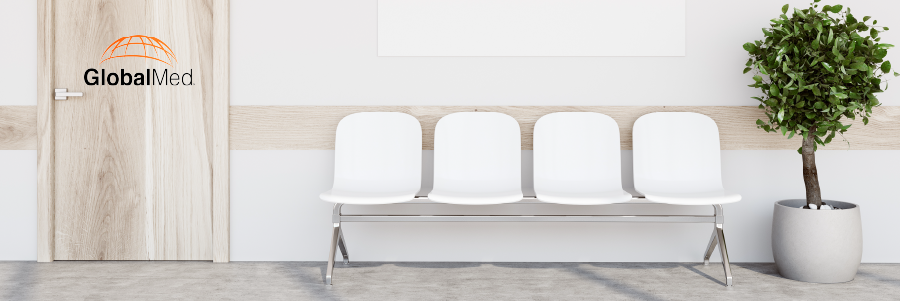
Like death and taxes, nothing is certain in medical life except no-show appointments. Rates vary widely, but one study came up with an average no-show rate of 24.8 percent – which rises to 41.25 percent for Medicaid patients. It’s often quoted that no-shows cost the U.S. as much as $150 billion a year.
Think about that in terms of an individual practice. For simplicity’s sake, let’s say your primary care practice sees 80 patients a day, with an average appointment cost of $100. If even 10 percent of patients fail to show up, you’ve lost $800 each day – or $16,000 every month.
In addition to lost revenue, there’s a productivity loss as well. Your staff has to contact patients to reschedule the canceled appointments; pursue payment for any no-show fees; and because those patients have doubled their space on your calendar, it’s harder to fit in new patients.
Obviously, no-shows are costly for providers and delay care for patients. So why are they so common?
10 Reasons Patients Don’t Keep Appointments
- Instability. There’s a reason Medicaid patients often have higher no-show rates. They are the least likely to have stable employment and transportation and the most likely to experience the kind of turbulence in their lives that can derail care.
- Economic hardship. When keeping an appointment means lost wages or childcare costs, in addition to copays, patients may decide it’s not worth it.
- Discomfort. Sick, elderly or disabled patients may have difficulty leaving their house and may perceive an appointment not urgent enough to be worth the hassle.
- Logistics. If a child’s babysitter doesn’t show up or the patient’s ride to the medical center is delayed, patients may not be able to find an alternative arrangement.
- Fear or intimidation. Some patients dread medical appointments, fearing negative test results or exam procedures.
- Resentment. If patients repeatedly experience long wait times for appointments, they can become angry with their provider and feel justified not showing up for future appointments.
- Forgetfulness. Many patients will forget an appointment booked months ago or have a scheduling conflict arise.
- Long travel times. A 15-minute appointment can become a three-hour journey if the patient has to take two buses each way.
- Stigma. There’s a reason the mental health field has the highest no-show rate at 37 percent – many patients struggle with the stigma around behavioral care.
- Communication barriers. Patients who can’t get through to a staff member on the phone or email their provider office often give up trying to change the appointment.
It’s also worth noting that many patients don’t understand the financial repercussions of not showing up for an appointment. When they do visit the provider’s office, they see a busy waiting room. Often they believe that their no-show offers the provider and staff more breathing room in a hectic day – and are resentful when they receive a bill.
Boosting Attendance with Telemedicine
Many practices have tried to reduce no-shows through automated text and phone call reminders. But that only solves the issue of forgetfulness. Much more effective are options for online scheduling and virtual visits – yet 74 percent of people either lack access to telehealth or have never used it.
By bringing care to wherever patients are, providers can reduce their no-show percentage rate and boost their revenue. Here’s why.
- Transportation is no longer an issue with virtual health; neither are childcare issues or work demands. The patient can attend the visit even if they’re stuck at home or work.
- Patients intimidated by medical office environments or worried someone will see them walking into a psychiatric practice can feel safer at home.
- Providers can fill in their no-shows at the last minute by keeping a waitlist for same-day appointments. Patients won’t hang around in your office all day in hopes of a cancellation– but telemedicine lets them continue their normal routine until an appointment opens up.
- Because patients can pursue their own activities until the appointment, instead of sitting in your waiting room, they’re likely to feel more positive and less resentful about delays.
- Patients with mobility issues or illnesses don’t need to get dressed, travel or tire themselves out to attend the appointment.
No-shows will never go away entirely. But in the age of digital conveniences, providers can dramatically reduce their losses with new approaches that offer both them and their patients greater flexibility – and higher revenue for their organizations.
